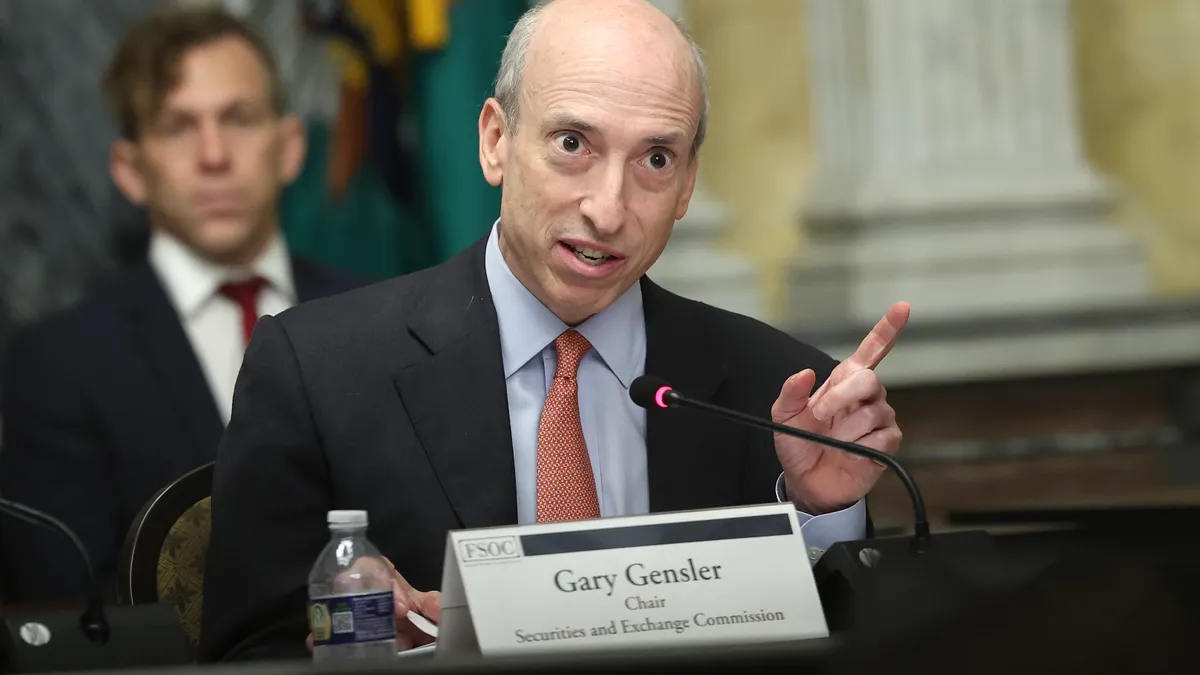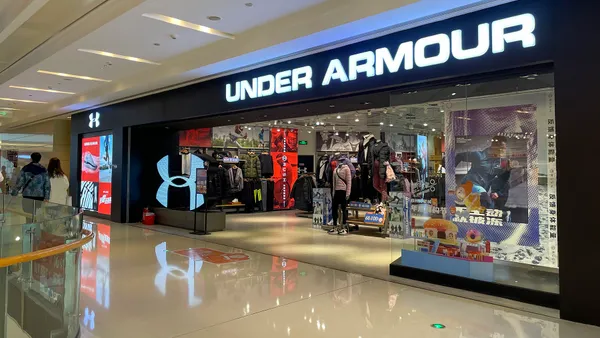Last week, the Securities and Exchange Commission passed its much-debated climate disclosure rule.
The rule mandates that public companies disclose climate-related risks in their SEC filings. The SEC notably dropped the requirement that companies include Scope 3 emissions in their disclosures.
The agency also adopted a "phased in" approach for requiring companies to disclose Scope 1 and Scope 2 emissions.
Large accelerated filers – those with at least $700 million in shares held by public investors – must begin disclosing Scope 1 and Scope 2 emissions in fiscal year 2026. Accelerated filers, including companies with between $75 million and $700 million in publicly held shares, must begin making disclosures in FY2028.
Companies required to make greenhouse gas disclosures will also have a phased compliance timeline for receiving assurance on those emissions.
With the SEC mandate unveiled, manufacturers and their suppliers must begin determining how to comply with the rule.
While the current rule does not include Scope 3 emissions produced by down-tier suppliers, state laws like California's climate disclosure rule and the EU's Corporate Sustainability Reporting Directive do, which makes tracking this portion of the supply chain important.
"Nobody's out of the woods," said Karen Davis, partner at Fox Rothschild and co-chair of the firm's ESG practice group. "The SEC did note that the Scope 3 emissions may be something that they will revisit at a later date. With or without the SEC, suppliers [and] companies are going to have to provide information on their emissions to their customers and their suppliers."
When it comes to down-tier manufacturers and suppliers that will need to report their emissions up the value chain, Davis said one of the issues with the current process is that Scope 3 data is often hard to find or is unreliable. This is often because of challenges in how these companies consolidate and manage the data.
"It's not part of a company-wide system, or you know, certainly hasn't been integrated into their enterprise risk management system," Davis said. "The first thing they should do is an assessment of what data they already have.”
She also advised that companies implement a data collection system to consolidate and verify emissions information.
Davis noted that bigger, public companies that fall directly under the rule are likely to build the standardized infrastructures to collect and verify emissions data. Smaller manufacturers and suppliers would then be able to take that framework and apply it to their operations.
Contract manufacturers with multiple large clients that could be affected by the SEC rule should be aware of which geographies their up-tier supply chains touch, and therefore to what rules they must comply, said Chris McClure, partner and ESG services leader at Crowe.
The same applies to potential clients and reviewing what information they would need during the procurement process.
"If you're aligning with a new client, see what they're looking for. You can look on their website, do due diligence on them to understand what the potentially additional costs might be of doing business with companies that are going to be pushing on these things," McClure said.
Manufacturers should also evaluate their own down-tier supply chains to ensure compliance. Many manufacturers still lack visibility into these early stages of the supply chain, something that could increasingly become problematic when it comes to climate disclosures.
Looking to the future, more disclosure rules are likely on the horizon. New York is considering a bill modeled after California's climate rule, as is Illinois.
And in the private sector, companies like Walmart are requiring suppliers to disclose their emissions, yet another way the market is making standardized emissions data a regular part of business.
"If we get a few more of these big states aligned, plus the EU and everything that's happening, it's going to become fairly commonplace that reporting emissions in some manner is going to be the cost of doing business in a lot of industries [and] certainly in most manufacturing," McClure said.












